An exhibition at the crossroads of many disciplines
Following Anselm Kiefer, this year's Monumenta exhibition at the Grand Palais in Paris features Richard Serra. Since 2007, Monumenta has been offering the vast space of the Grand Palais nave to a single artist. The space will be given over to the contemporary sculptor from the United States until June 15, 2008. The Grand Palais is marking the occasion with a lecture series, roundtable discussions and conferences bringing together philosophers, writers, filmmakers, scientists, art historians, critics and artists from a variety of disciplines. An outstanding artistic event.
Translation Susan Taponier
--------------------------------------------------------------------------------------------
-
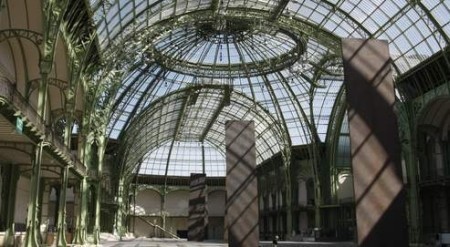
Classified as an Historical Monument
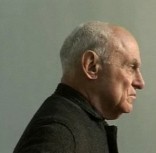
Visitors to the show by American sculptor Richard Serra beneath the nave of the Grand Palais are at first awestruck by building's spectacular glass roof, the restoration of which was completed two years ago. Enhanced by the luminous sky of Paris, the transparent nave is part and parcel of the building's fascinating history. Erected for the 1900 World's Fair, the Grand Palais has since housed everything from automobile trade fairs to equestrian competitions and fashion shows. It was even used for military training of wounded soldiers during the First World War.
Above all, it has been the rendezvous for major artistic events. From the beginning of the 20th century, it has presented exhibitions of French artists such as the famous Salon des refusés and the Salon des indépendants, and more recently, the FIAC (International Contemporary Art Fair), Art Paris and now Monumenta. The Monumenta event allows one artist to take over the entire space and create a unique work of art. In 2007, Anselm Kiefer was in the spotlight, this year, it is Richard Serra.
Anselm Kiefer, Richard Serra
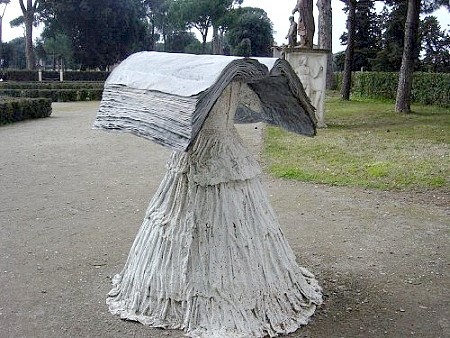
Both Keifer and Serra create monumental works, yet it is difficult to imagine two more contrasting artists. Anselm Kiefer turned the Grand Palais into a magnificent gift box, in which he put other boxes —,“houses” —, where he displayed paintings and sculptures laden with memory and the weight of history, together with enormous blocks of cement reminiscent of destroyed buildings. The show reflected the whole spectrum of the European cultural sensibility, past and present.
Richard Serra has installed large vertical steel slabs driven into the ground. A great deal of thought was devoted to determining the position, size and incline of the slabs. The work, according to the show's curator,
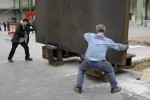
Alfred Pacquement, is first and foremost the product of the building tradition, through it, Richard Serra becomes an architect of space. Serra belongs to an contemporary art movement that originated in the United States in the 1960s, which sought to free itself from any connection in the past. For these artists, theory and discourse play a key role: “You don't need to know anything about the history of art or the history of sculpture to understand this work, the content lies in the visitor.”
A major artistic event
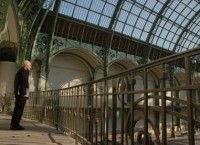
Thanks to curator Alfred Pacquement, this edition of Monumenta is a remarkably well-organised, interdisciplinary event. Discussions are planned on a number of avant-garde topics including the dialogue between aesthetics, politics and philosophy and the concept of postmodernity as well as more technical questions raised by the production of the large-scale panels and Serra's research on materials, and hence, his collaboration with steel manufacturers. The discussions are held Thursdays and Fridays (and sometimes Saturdays) at 7:30 p.m. Films are shown almost every day (see the detailed program at monumenta.com).
Par


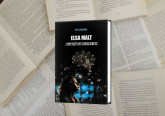
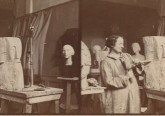


Ajouter un commentaire